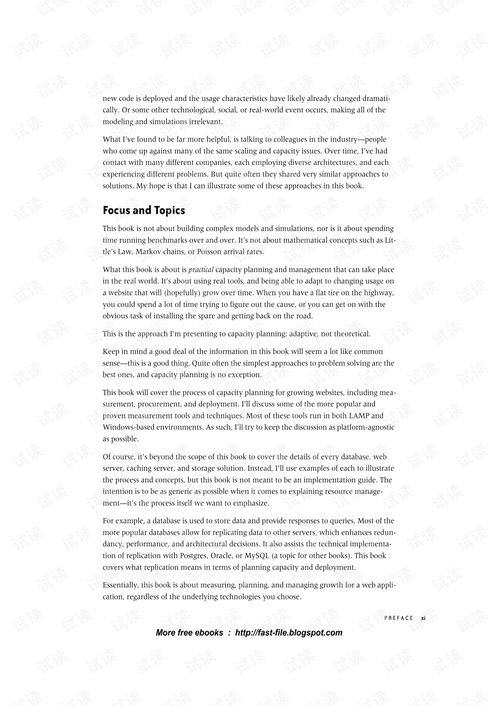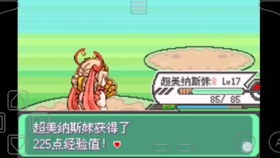Content:

Fishing is an age-old pastime that requires patience, skill, and a deep understanding of the fish you are trying to catch. Whether you are a seasoned angler or a beginner, mastering the art of fishing involves more than just casting your line into the water. One of the most crucial aspects of fishing is knowing when and how to reel in your catch. In this article, we will discuss some essential fishing techniques that will help you improve your chances of landing that big one.
When to Reel in Your Fish
Timing is everything when it comes to fishing, and knowing when to reel in your fish is key to a successful catch. Here are some guidelines to help you determine the right moment:
When the Fish Strikes: If you feel a sudden pull on your line, it's likely that a fish has taken your bait. At this point, you should begin reeling in slowly and steadily to guide the fish towards your boat or shore.
When the Line Tenses: If your line suddenly becomes tight or tense, it's a sign that a fish is struggling against the line. This is the perfect time to start reeling in, as the fish is most likely already hooked.
When the Bait Stops Moving: If you have a stationary bait, such as a worm or a jig, and it suddenly stops moving, it's a good indication that a fish has taken the bait. Start reeling in at this moment to set the hook.
When the Fish Moves in a Different Direction: If the fish you're targeting is known to move in a specific direction, such as upstream or downstream, and it begins to move in a different direction, it's likely that it has taken the bait. Start reeling in to guide the fish towards your desired location.
How to Reel in Your Fish
Once you've determined the right time to reel in your fish, it's essential to do so correctly. Here are some tips to help you land your catch:
Use the Right Gear: Make sure you have the appropriate fishing rod, reel, and line for the type of fish you're targeting. The wrong gear can make it difficult to reel in your catch.
Start Slowly: Begin reeling in your fish at a slow and steady pace. This will help you maintain control and avoid losing your catch.
Adjust Your Speed: Depending on the fish's struggle and the strength of the line, you may need to adjust your reeling speed. If the fish is putting up a fight, you may need to reel in faster, but always be cautious not to break the line.
Keep Your Eyes on the Bait: Pay close attention to your bait while reeling in. If you notice any changes in its position or movement, it could indicate that the fish is still on the line.
Set the Hook: Once the fish is close to your boat or shore, give a firm pull on the line to set the hook. This will ensure that the fish is securely attached to the line.
Handle the Fish with Care: Once you've landed your catch, handle the fish with care to avoid injury or stress. Keep the fish in the water until you're ready to release or remove it from the hook.
Conclusion
Mastering the art of fishing, especially knowing when and how to reel in your fish, requires practice and patience. By following these tips and guidelines, you'll be well on your way to becoming a more skilled angler. Remember that fishing is a rewarding activity that can be enjoyed by people of all ages and skill levels. Happy fishing!












